Awww. Cue sad puppy eyes. A bit harsh, isn’t it? Some judgy McJudgerson telling you not to bring home that bundle of fur. But hear me out for a few more barks, dog lover. For both your happiness and the dog’s, it is very important that you are one hundred percent ready to take on another life for the next fifteen or so years.
It’s taken me four years to publish this post. Why? Because every time I sat down to write, I realized I could (and should) be spending the time with my dogs.
What do you mean by entitled?

There are some things in life that people feel they should have simply because they want the thing. Perhaps a better word is “deserve.” You might feel that you deserve quality healthcare, or a fine education, or a roof over your head, or food to eat—simply because you exist. There are endless political debates on whether such things are human “rights” on the taxpayer’s dime or benefits one must acquire on their own. The point isn’t to start a debate on those issues, but to indicate that, somehow, dogs and other living creatures have turned into a “right” on both sides of the political spectrum. “I want a dog now, therefore I deserve a dog now,” is the subconscious attitude behind many potential puppy owners today.
There are two parts to this novel. The first is the most common misconceptions about dogs and what makes dogs the way that they are. The second is all the reasons why you shouldn’t get a dog. Dogs are wonderful. They also require years of sacrifice. It’s worth it to some, but not to others. As a society, we rarely talk about the sacrifices. We glamorize dogs or turn them into thousand dollar profit machines. My goal is to talk about the realities and what happens after your $4000 Labradoodle grows up.
Misconception: My dog is livestock—food, water, shelter, and that’s it.
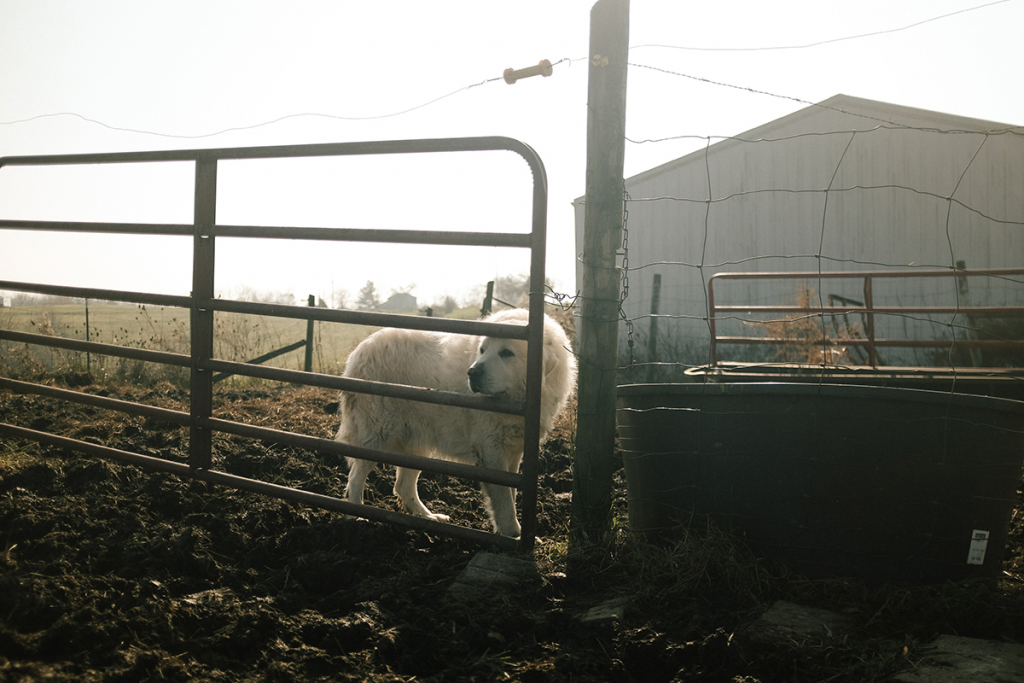
Now while sheep and cow enthusiasts may disagree on my oversimplification here (and I admit to knowing a few cows that acted suspiciously like dogs), it’s still a reality that livestock require substantially less attention, exercise, and stimulation than dogs. A sheep spends literally most of his day chewing, digesting, and chewing some more. It takes all day for the sheep to ingest enough calories to survive. The primary needs for a sheep are easily satisfied by a simple pasture. But a dog is a different beast. They can’t live alone in a yard or tied to a tree. There’s a reason that the dog is “man’s best friend” and would rather be at your side with “employment” than wandering in the yard alone.
To understand why, think about the dog’s ancestor: the wolf. The wolf is an apex predator that lives a physically and mentally demanding lifestyle far beyond the ken of a cow or sheep. They have multiple “jobs” they accomplish every day. Wolves need to traverse thousands of miles to feed themselves and their young, while utilizing scenting, tracking, long-term memory, and pack collaboration to hunt their prey. They need to recognize and learn from their mistakes to become better hunters and pack members. And although dogs have been domesticated, they still retain many of their wolfy abilities and needs. The genetics are too strong to ever disappear.
Thanks to the wolf, dogs are much more mentally complex than livestock. Wolves live in socially intricate and intense packs. Wolves have ever-changing pecking orders, and even maintain relationships with parents and siblings after they have left the pack. You would be hard pressed to find a sheep that remembered its mother, or a herd of cows with multiple alphas and betas—but this complexity is standard in wolf packs. Dogs often remember other dogs and humans after years of separation. They respect social status and thrive on pack relationships. A dog without a pack is simply not a dog.
Misconception: My dog can be left alone frequently—they’ll just sleep or occupy themselves.
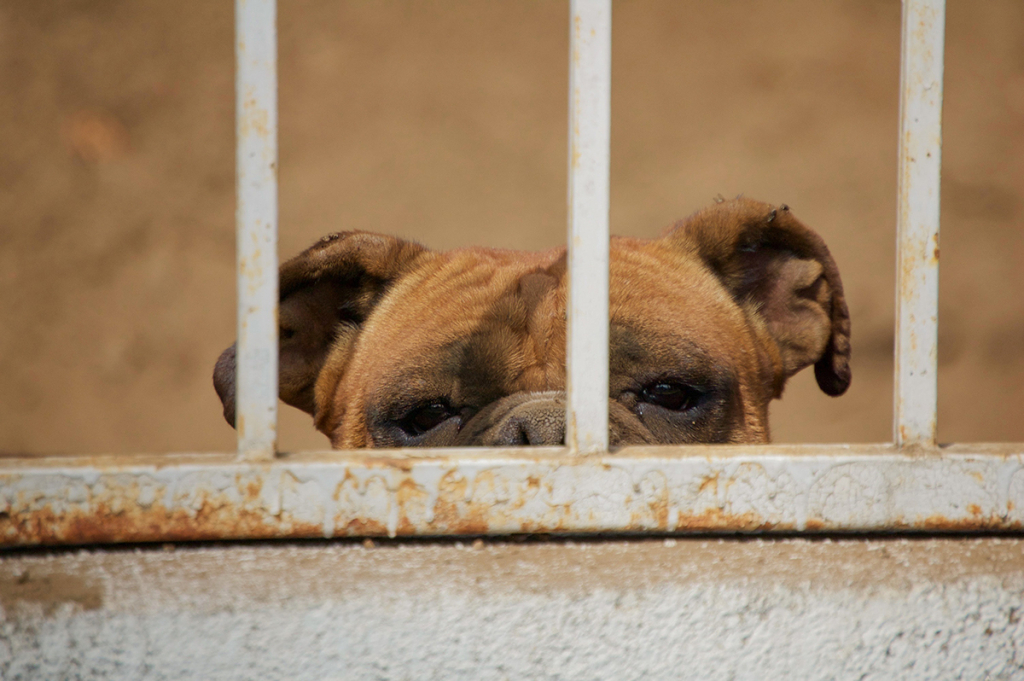
Their wolf-like, intense social genetics is why dogs need so much of your attention, all day and every day—you are their pack. Wolves are almost never alone! They are always with their pack and often under the watchful eye of the alpha. If you stick a dog in a kennel, they feel they have been shunned from the pack. If you leave the house, they feel leaderless, and start to worry that you’ve been killed. The dog needs daily purpose and intense socialization with their pack. They get neither needs met while trapped behind your suburban white picket fence.
When they’re trapped in a cage, or left home alone without humans, some dogs will get destructive while other dogs will just sleep. Dogs are designed to be active throughout the day, so excessive daytime sleeping is a bad sign. “Depression sleeping” is a phenomenon that occurs in humans and other mammals. Many owners rationalize crating and leaving their dogs for long stretches because “all they do is sleep when I leave the house” or they “start chewing the furniture when I’m gone.” What else are they going to do? They can’t peruse Facebook or bake a pie. You, the pack leader and their whole world, just abandoned them again, so the natural response is to shut down.
If it feels like you can’t leave your dog alone for very long—you’re right. Dogs can’t really tell time after two hours. Forever and two hours is the same length to a dog. This perception of time becomes clear after observing the reactions to my return after short and long periods. If I leave the house and come back in a couple hours, my dogs are over the moon when I return:
“Oh, good, you’re still alive! We were so worried. Glad you’re back! Let’s eat!”
But if I board my dogs over a weekend or longer, they are disoriented and upset when I pick them up:
“We thought you died! Why did you run off like that? We already picked a new alpha. Now we need to start over again!”
Misconception: My dog is happy in modern-day boxed, indoor life.

The dog’s ancestor, the wolf, maintains massive hunting territories (ranging from 50 to 2000 square miles) and travels as far as 30 miles per day. The wolf essentially lives an extreme outdoor lifestyle 24 hours a day, 7 days a week. Constant roaming, tracking and hunting prey, raising children, and managing pack relationships is a very physically and mentally demanding job. The wolf puts the entire Survivor television franchise to shame.
So how did we get dogs? Humans kidnapped these wild animals and kept breeding the ones that didn’t fight back. But the other parts of wolf genetics die hard—even in your tiny Chihuahua or yappy Yorkie. It’s these ingrained traits that make dogs inconvenient in today’s modern world. Even little dogs love having big territories to explore and protect. Your suburban yard, or apartment balcony, isn’t a territory—it’s a slightly bigger cage. Similarly, all dogs crave the 24/7 interaction with their pack family—and then you cage them for 9 hours while you trot off to the office. That’s not a healthy mental and social dynamic for your dog. It’s also not healthy physically—even small dogs crave need lengthy daily exercise, and much more exercise than humans bother to give themselves.
Dogs also need quite a bit of help to stay healthy, because of how we’ve bred them. We gave them long coats and short snouts and stubby legs for our purposes—and then are mystified when they need vet trips and grooming appointments. We choose a dog based on looks, and then are surprised when our Husky, that has the stamina to pull a sled for 10-hour days, destroys our couch in boredom one afternoon. We pride ourselves on a “smart” dog and then get upset when they unlock doors and jump fences. We keep them cooped up indoors on carpet, and then groan when they need another nail clipping. Hmmm. For how advanced we are as a human race, we sure seem stupid, don’t we?
The long and short of it is that, despite years of selective breeding, dogs are still dogs. They aren’t designed to live the indoor, sedentary lifestyles we’ve created for ourselves. As a good dog owner and the human with all the playing cards, you will need to sacrifice for your dogs. You need to understand their genetics and instincts and subsequently how to modify your lifestyle to properly include a happy and healthy dog.
Is anyone fit to own a dog nowadays?
Honestly? Not many. That doesn’t stop the masses from buying dogs and subsequently neglecting them and dumping them to be euthanized. But I’ll remind you that “everybody’s doing it” is not the same as being right. Plenty of people get knocked up and go on to be bad or very mediocre parents. But does it make it right? Are you entitled to have a child, or a dog, just because you exist? I would say no. You should only own a dog when you’re prepared and committed to make sacrifices for the rest of the dog’s life.
Dogs were once wolves, happy in the wild with their own kind. Humans kidnapped these wild animals and domesticated them. Dogs now see humans as their pack and therefore need constant human interaction. While humans have evolved into sedentary office workers glued to their screens, dogs are still dogs. Your Border Collie still thinks it’s the year 1500 and sheep herding is the game of the era. Your Australian Shepherd keeps looking for farm work in your apartment. Your Shih Tzu wants to be by your side all day and cries herself to sleep when you go to work. Hmmmm. Are you sure you’re ready for a dog? Let’s take a gander at why you might think twice before bringing home a pup.
You work full-time (away from home)
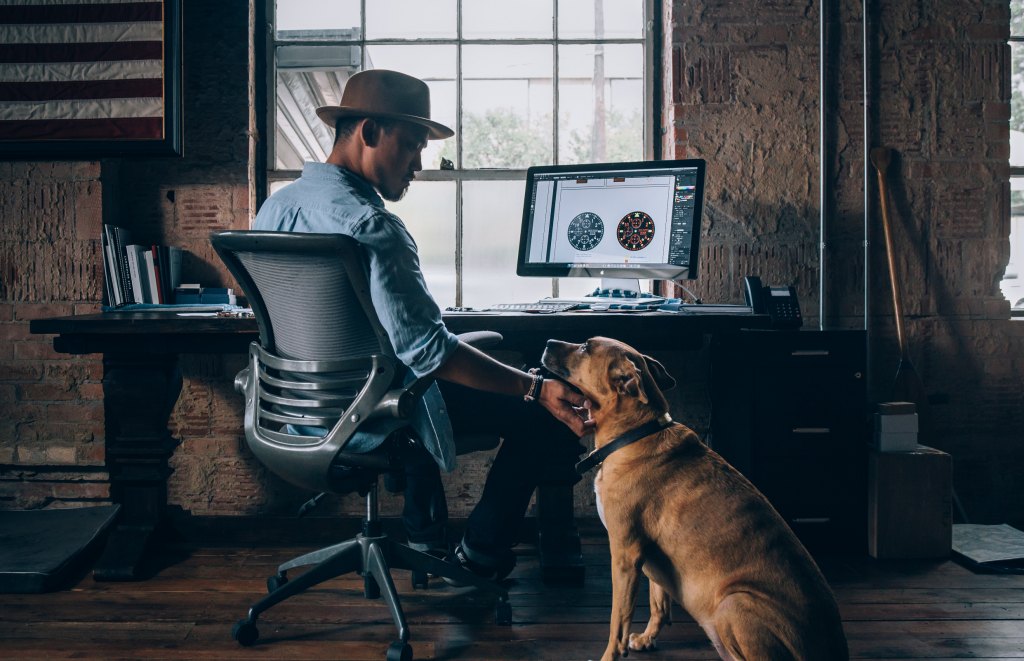
This one galls people, but it’s a fact that cannot be dismissed. The forty hour workweek grind is too long to leave a dog home alone. Dogs are hard-coded as pack animals and see humans as their family above other dogs. They need attention from their humans constantly. Dogs cannot be healthily isolated for long stretches. They will feel shunned or abandoned when left alone. A long stretch to a dog is around 2 hours. In fact, one study says that dogs can’t distinguish between 2 hours and forever!1.
The easy answer is “get another dog!” Strike out again. Centuries of selective breeding transferred canine social needs from each other to humans. Nearly all domestic dogs prefer human companionship to other dogs. “Man’s best friend,” is cliche but also absolutely true! You will be hard-pressed to find any domestic dog that chooses solitude, or other dogs, over their human family. The only thing that drives a dog to isolation from humans is abuse.
If you and everyone else in your household work full-time then your dog is alone for 8-10 hours a day. Dogs are not nocturnal and tend to be awake and active during daylight hours. Although dogs can nap during periods of boredom, they’re not designed to sleep for an eight hour block, wake up in the evening for a couple of hours, and then go to sleep again while you head off to bed.
But everyone works full-time!
True. Fewer people stay home or work on the farm, and more people trek off to offices and shops than ever before. However, that doesn’t change your dog’s DNA. Domestic dogs were bred to be hunting companions, farm and sheep dogs, police workers, or royal foot-warmers. Their basic genetics have not changed and what makes then such great companions also requires our constant attention. Dogs are not solitary and never will be. That said, plenty of people who work full-time are excellent dog owners, but they make extra efforts to compensate such as hiring dog walkers and dog trainers throughout the week.
You can’t afford dog care
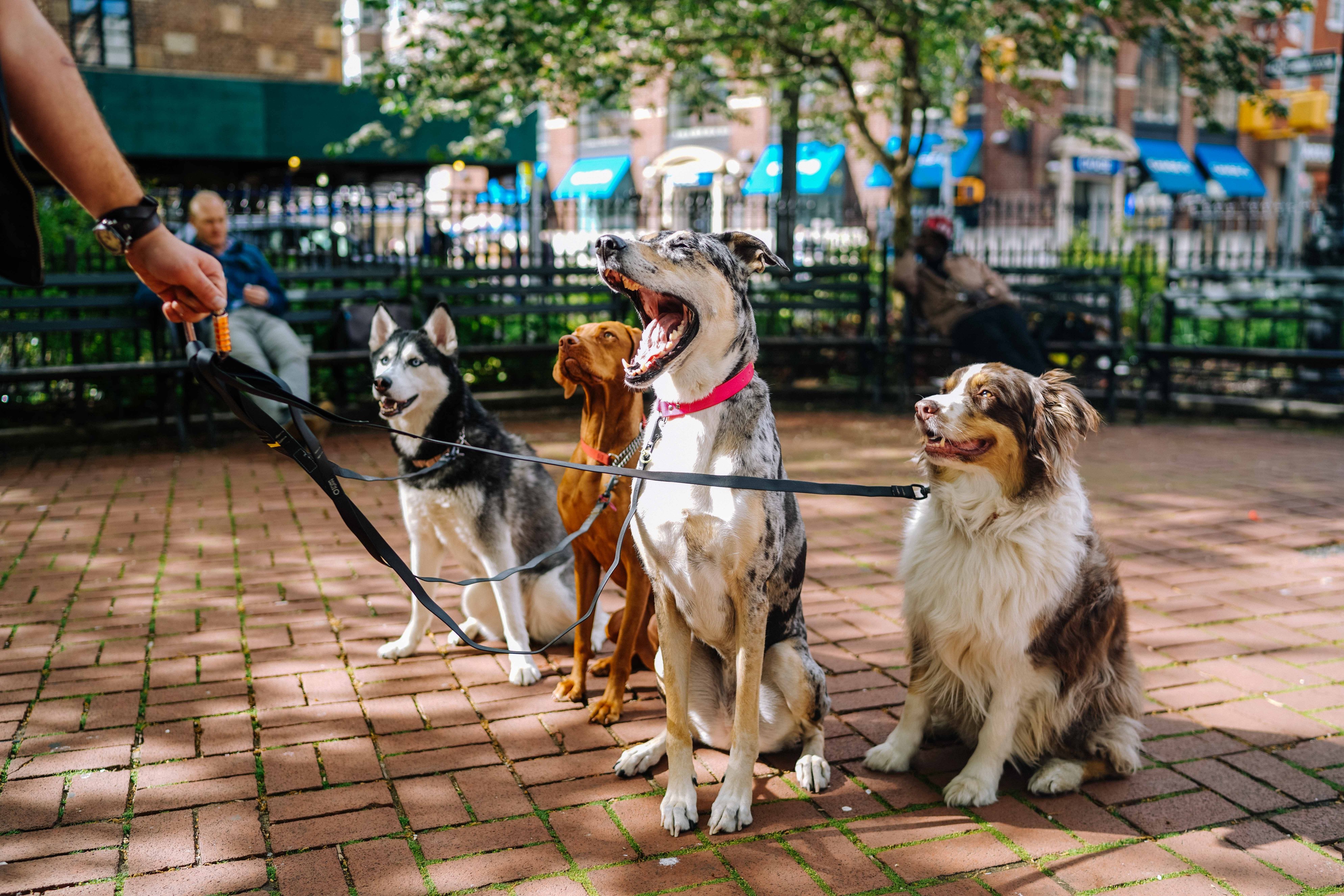
The best solution for working pet parents is to send their dog to a canine daycare. These facilities have all-hours group play with other dogs and some have staff on hand to thoroughly exercise and mentally challenge your dog. Yet most dog owners don’t consider this cost at the outset. When the pup is about 6 months old and chewing through everything in sight (because he’s bored at home alone!) the complaint from the owner is, “But I can’t afford daycare!” Shoulda thoughta that before, honey bunch.
If you work full-time, you have to realize your dog may not be a perfect angel when she’s alone. When that’s the case, you will need to pay for either a daycare or a dog sitter to supervise your pet. Average cost in the USA for dog care ranges from $25 to $50 per day.
You are in school
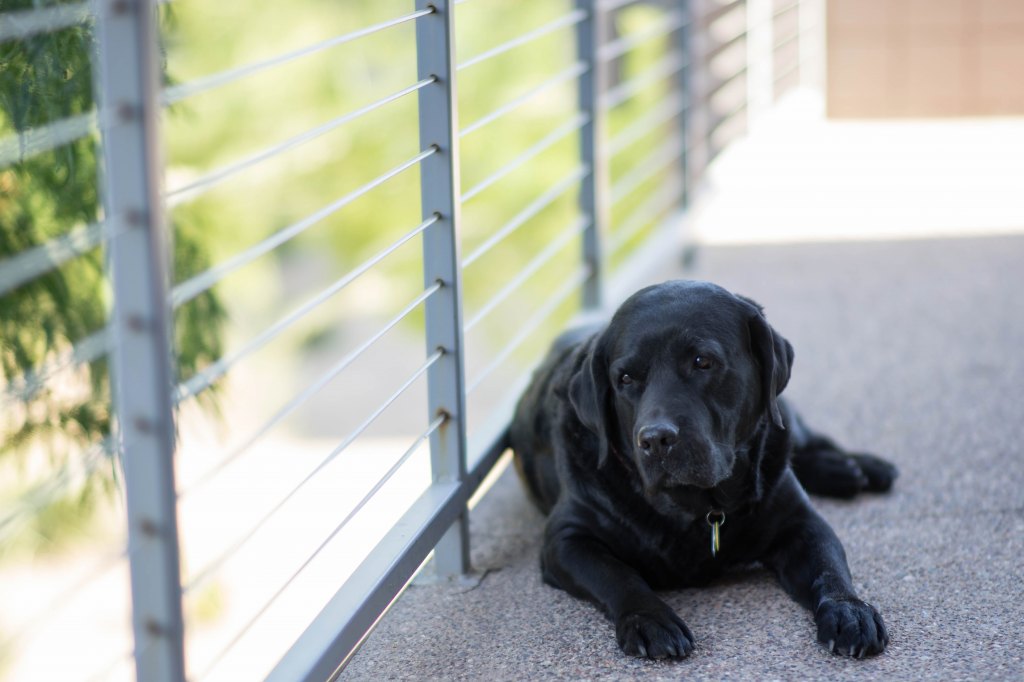
First, copy and paste the above section about working full-time. Second, double the impact of that section. Students are not fit to be responsible dog owners. When you’re in school you’re gone most of the day and your dog will develop separation anxiety. You won’t have time to properly train the dog, and you’ll be too poor to afford professional training and doggy daycare. Affordable student housing is in low supply, and even if you find a pet-friendly place initially, something is bound to happen leaving you homeless with your canine landlord deterrent. You may get that roommate who hates dogs or is deathly allergic to them. You’ll date someone who isn’t a dog person or has been traumatized by an aggressive dog. You don’t know where your career will take you and that could be in a big city job where the only pet-friendly flat is $3000 a month.
You really like to travel

Traveling with your dog can be a wonderful bonding experience—if you can find somewhere that will allow your dog at all! It’s only after you have a dog that you notice how many places ban your furry friends. Many local parks and national parks prohibit dogs or limit them to parking lot areas. You think camping with your dog is fun? Too bad—most campgrounds find your dog a nuisance. Hotels are notoriously stingy about pets. Restaurants prohibit animals on food safety grounds. Airlines charge a bucketload for animals on flight, and larger breeds are forced to travel in the unsafe cargo area. Even places that are perfect for canine outings, such as corn mazes or country fairs, tend to maintain anti-dog policies. If you like to travel, be prepared to drastically limit your itineraries and/or pay up for a reputable boarding facility on the regular.
You believe in long-term crating
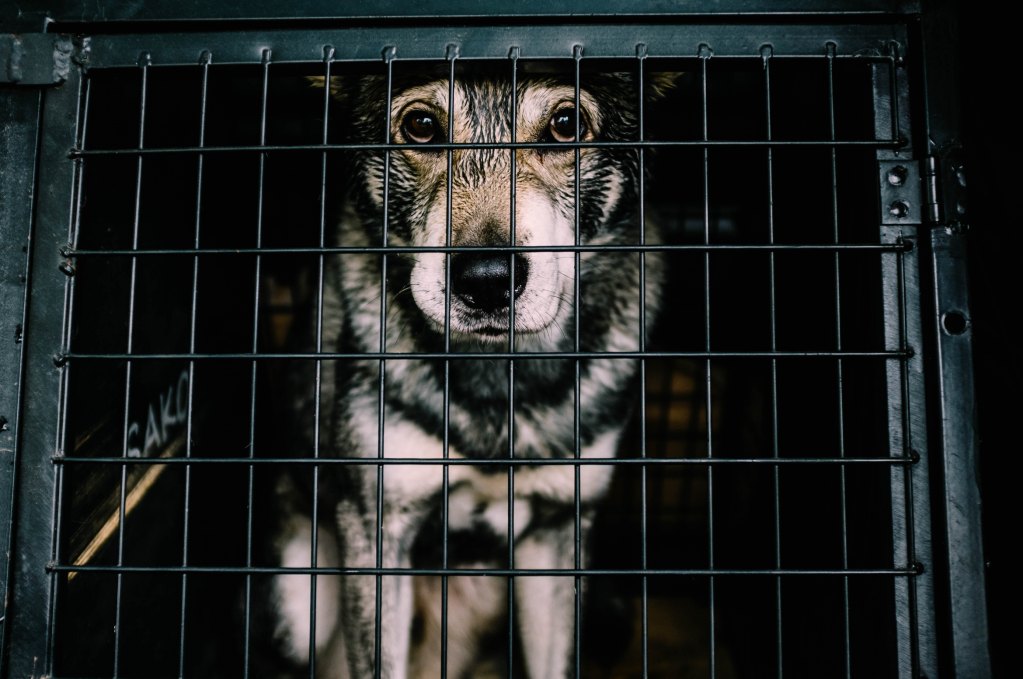
I could write a novel on the abuses of “crate training”, but that essay will have to wait for another day. In a nutshell, crate training is supposed to be a temporary method used to potty train a puppy. Dogs don’t like defecating where they sleep, so when you can’t supervise your puppy directly (like when you’re pottying yourself), you keep him in the crate to reinforce that dogs don’t potty in the house. Somehow crate-assisted potty training has turned into a way of life for dog owners. The dog is crated while the owners are at work, out on the town, asleep, or even when the owners are home and just don’t want to deal. Dogs are not meant to be in a cage for most of the day. If you really look at a dog and think that this active, intelligent, social creature is happy shut up in a pen while you’re at work—don’t get a dog,
You’ll keep the dog in the yard

A yard is wonderful but it isn’t home. As I’ve said so many times before, dogs are pack animals and need to be with their pack—you. That means they should live where you are, and unless you live in the yard, that location is inside your home. The securely fenced yard should function as a bathroom area and optional play space, but dogs should never be forcibly shut in the yard except in emergencies. Some dogs like being outside more than others, but they should always have the choice to come in and be around you. Yes, there are dogs that live outside happily, but typically these are working breeds that have a “job” to do alongside their humans such as herding sheep and guarding cattle.
You think “it’s just a dog”

As a pet owner you are the sole provider for your dog’s well-being over the course of their entire life. You are your dog’s family. You are your dog’s entire world. Understanding the gravity of this responsibility means that you should treat giving up your dog like giving up your kid. If your kid peed on the floor, would you drop it off at Child Protective Services? If your kid bit you and trashed your living room, would you give him away on Craigslist? No? Then don’t do it to your dog. At least kids can grow up and try to understand why they had terrible parents. Dogs don’t have that reasoning capability. They never understand why their family would abandon them. Abandonment only happens in wolf packs as a form of shunning. If you aren’t prepared to go to great lengths to keep your dog for the next fifteen or so years (even if it’s destructive, aggressive, annoying, hyper, allergy inducing, etc.) then please, don’t get a dog.
You’re poor

I know, I know. They say money doesn’t buy happiness, but it buys everything else. The truth is that dog care is expensive. Even if you pick up a free dog on Craigslist, you still have to think about food, vet bills, dog books, training classes, toys, crates, grooming, and repairs for destructive behavior. You can’t always count on the cheapest option for everything. You might get a Labrador that throws up that Ol’ Roy food you got at Walmart; now you’re spending $80 a bag on grain-free, hypoallergenic kibble or buying steaks for that new raw diet. Or your Bernese Mountain Dog chews through a bully stick in an hour and if he doesn’t get eight bully sticks a day he goes after your dining room table. Your Pomeranian has a genetic heart defect that requires a $6,000 surgery at a specialized veterinary hospital 2,000 miles away. Your all-around mutt seemed fine at the shelter, but two weeks in and she is afraid of her own shadow and pees on the carpet every time you approach her; now you’re looking at a full house carpet replacement and private lessons with a professional trainer.
No matter how much research you do, you could end up with a “money pit” canine. Sometimes even the hardiest breeding lines will produce that one genetic disaster. That rescue dog that was an angel in the foster home may require long-term professional training to acclimate to your family. If you don’t have the income to deal with a financial crisis, be prepared to take out a loan for your furry family member—just like you would for your kid.
You’ll rehome when the going gets tough

I’ll let you in on a sad fact: half a million shelter dogs are killed every year in the USA alone2. There are far more dogs than homes. You may tell yourself: well, I won’t take my dog to the shelter so she won’t be euthanized. I’ll find her a good home on Craigslist or Facebook. But even if you find that perfect family, you’re forgetting that there are more dogs than homes. That perfect family willing to adopt a “used” dog could have also adopted a “used” dog at the shelter—except you swooped in, gave them your dog, and now that dog at the shelter died. You really can’t justify rehoming a dog except in truly dire circumstances. Reasons not to rehome: dog is destructive, dog isn’t housebroken, dog needs training, dog is aggressive, dog is hyper, dog has phobias, dog has expensive vet bills, moving, allergies, lack of time, lack of energy, new baby on the way, divorce. These can be tough situations but they are not impossible and are not good reasons to dump your dog on someone else.
You’re getting the dog for the kids

Many sale ads for dogs say something like, “kids lost interest, don’t have time, great dog.” Please, please, please don’t be that person. You are the adult and you are legally the caretaker for the dog. It is likely that your kids will lose interest. Most kids aren’t responsible enough to care for an animal and most parents don’t have the energy to be the enforcer. Your kids will be buried in homework or after-school football practice and “their” dog will still need to be walked, groomed, and fed. The dog will be chewing on your furniture while the kids are out with friends. Your kids will go off to college and you’ll want to travel and relax but you’ll still have “their” dog. News flash: all dogs are “yours”—any work your kids do on your behalf is a nice bonus but never an expectation.
You plan on having kids
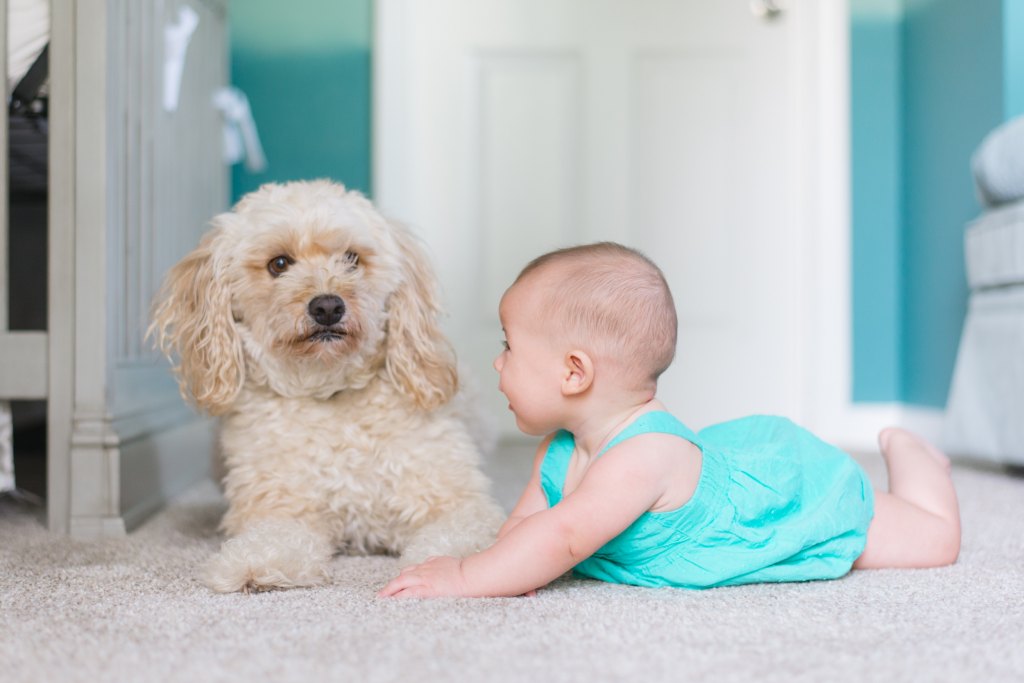
Dogs and kids can be a lovely combination—with sincere effort and patience on your part. Expect to fully supervise the dog and the kid at all times for the first 2-3 years of the child’s life. This means active supervision, play, and reinforcement of good behavior for both dog and kid—not shutting the dog up in a crate so you can get some “me” time. Almost all problems between dogs and children are the fault of the parents: not enough supervision, not exercising the dog enough, not educating the children on animal behavior, not training the dog to respond gently when harassed. Many parents find their interest in their “furchild” decreases once they have a human child. Short answer: too bad. You still committed to be that dog’s forever home, so you’ll have to push through regardless.
Your housing choices are limited

Ideally, all dog owners would be home owners, but in today’s current real estate market, that’s a bit unrealistic. Instead, you must be willing to make sacrifices when you have housing issues. Many places charge a premium for pets that could double your average rent and deposit. Some rentals don’t allow pets at all despite tearful pleading and sparkling references. Landlords, complexes, neighborhoods, and even cities can ban certain breeds and breed mixes from their premises (Colorado cities are notoriously unfriendly towards pit bull mixes3). You may have to live farther away from your job, in a bad school district, in a higher crime area, in a smaller place, in a place that smells like cat pee of all the renters gone before…you get the picture.
You don’t like lots and lots of exercise
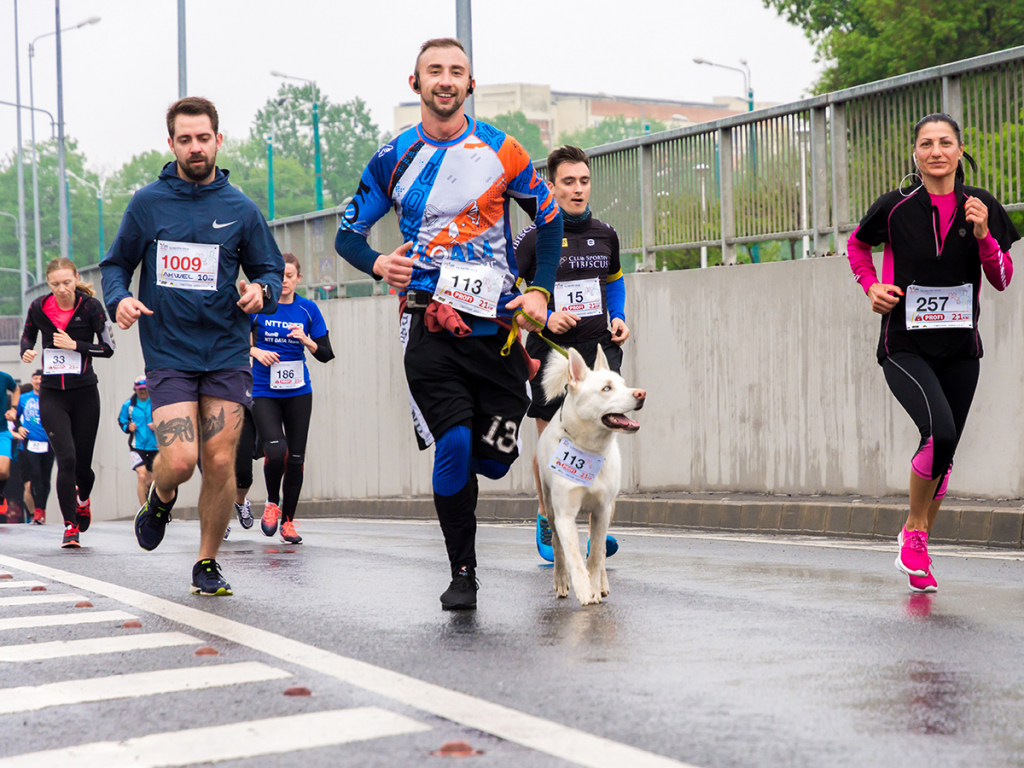
Dogs need exercise. So much exercise. If we exercised our dogs as much as they need, we would all be cover models for Fitness magazine. We utterly fail to grasp the difference between them and us. You may think that five minute potty breaks are enough for your small, cutesy dog. Absolutely not. A small dog is not a free pass to be a couch potato. Even the smallest dog can outlast the average human on a hike.
I own dogs under 20 lbs and ideally take them out for at least 60 minutes of sustained walking, every day, in addition to potty breaks. They absolutely love it and are happy and healthy. Unfortunately, I rarely see anyone else walking their dogs further than it takes for the dog to pee, and when I do meet a fellow “real walker,” it’s usually for a large breed dog.
As so many dog trainers preach: a tired dog is a happy dog. When they don’t get intense, daily exercise is when dogs get whiny, destructive, and aggressive. Almost every canine behavior can be solved by a good walk. Dog still upset? Walk longer and more vigorously. Structured walking with you at a constant pace is stimulating and the right kind of tiring. Being in the yard doesn’t count. Sniffing around while you scroll on your phone doesn’t count either. They need to be constantly moving with good leash manners for at least 60 minutes each day, regardless of breed.
Note: yes, there are some brachycephalic (short-snouted) breeds that can overheat with exertion. Very senior dogs may also not be medically fit to exercise this much. However, I have frequently gone on 60 minute walks with short-snouted breeds like Pugs at night time or during cool weather, and it was not only safe, but prevented obesity and strengthened their heart.
In summary…
Dogs are family members. Treat them as such. It won’t always be easy but it will always be worth it. (And if that sounds overwhelming? Don’t get a dog.)
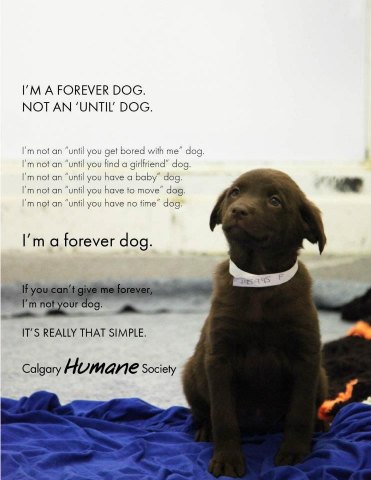
-
1.Rehn, T, Keeling LJ. The effect of time left alone at home on dog welfare. The effect of time left alone at home on dog welfare. https://www.appliedanimalbehaviour.com/article/S0168-1591(10)00324-2/abstract.
-
2.ASPCA A. Pet Statistics. Shelter Intake and Surrender. https://www.aspca.org/animal-homelessness/shelter-intake-and-surrender/pet-statistics.
-
3.Dumb Friends League DFL. Dog Breed Ordinances by City (Metro Denver Area) . Dumb Friends League. https://www.ddfl.org/resource/dog-breed-ordinances-by-city-metro-denver-area/.




